Dec 2, 2016
‘It’s not just hype’: Why Spin Master’s Hatchimals toy craze may outlast the holidays
, BNN Bloomberg
It seems as though there’s a new “it” toy every holiday season – and for those living under a rock, Hatchimals is the hot seller this year.
Spin Master (TOY.TO), the Toronto-based company that created the toy, has seen an unexpected amount of demand for the product since it hit stores Oct. 7. In a global launch, the toy was released in 50 countries including Canada, U.S., U.K., Ireland, Spain, France, Japan, New Zealand, and Australia and the Philippines.
“We were so excited about it. We knew we had something special,” Spin Master spokeswoman Tara Tucker told BNN in a phone interview when asked about the company’s expectations for Hatchimals.
The Furby-like toy, which “hatches” from a plastic egg and requires constant care, comes in four variations and its retail price starts at $59.99 – well above the average US$10 cost of a toy. Still, Hatchimals have been selling out both online and in retailers’ stores – hitting the reseller’s market with prices as high as US$60,000.
“We’ve been working around the clock. We have expedited shipments via train, air – everything we can do to get products to stores,” Tucker explained, noting the popularity has been “universal.”
Spin Master has other big hits since Ronnen Haray and Anton Rabie, two Ivey Business School graduates and childhood friends, started the toy company in 1994. Some of the most notable toys in its lineup include Etch A Sketch, Build-a-Bear Workshop and Paw Patrol – a TV series about rescue dogs that has evolved into a line of toys.
Spin Master only recently went public in July 2015 with a dual-class share structure on the Toronto Stock Exchange at $18 a share. Today, its shares trade at about $35.
A one-hit holiday wonder?
Like many past holiday hits, the big question is whether the new Hatchimals toy will sustain its success past this holiday season.
“It’s not just hype,” toy analyst and CEO of Klosters Trading Corporation Lutz Muller told BNN in a phone interview. “Spin Master has been quite brilliant with this […] it’s definitely going to last into next year.”
He attributes the toy’s success to its ability to bring out a nurturing quality in young children.
Tucker echoed Lutz’s comments and said the difference between this toy compared to the company’s past products can be seen in its marketing strategy. So-called unboxing videos for Hatchimals on YouTube show children watching the toy “unhatch,” which parallels the anticipation of unwrapping a gift and discovering what’s inside, Tucker says.
Lutz argues the key to this toy’s success is the fact that it’s unique. Other popular interactive toys of the past, like Tickle Me Elmo, for example, have had the benefit of a pre-established brand, he explains.
He adds that the most similar toy on the market to Hatchimals is Cepia’s Zhu Zhu pets, a robotic hamster. Spin Master acquired the exclusive global manufacturing and distribution rights for certain Cepia product lines, including Zhu Zhu pets in September 2016.
Lutz says tapping into other markets around the world and adding an educational element could help the longevity of Hatchimals.
“I would think in terms of prolonging the success, geographical success is a fact. In terms of sales result — something new,” he said.
Tucker said there are already new plans for Hatchimals in 2017, with “surprises throughout the year.”
“I think consumers will be very excited,” she said.
Spin Master Co-CEO Ronnen Harary told BNN in an interview last week that they will let the “kids be the ultimate deciders” of whether Hatichimals will stand the test of time.
Here’s a retrospective look at some of the hit holiday toys over the years:
Cabbage Patch Kids
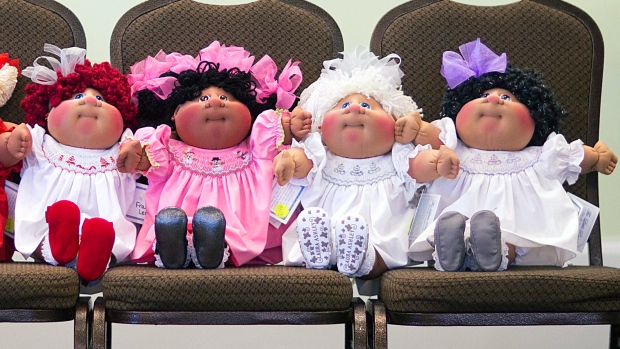
First released in 1983, this doll made by Caleco sparked a frenzy of riots before Christmas of that year. The retail price was originally US$25, but the dolls were “adopted” at 10 times that in the black market. Cabbage Patch Kids are still around today, selling on the brand’s website as low as US$13.99 and as high as US$119.99.
Tickle Me Elmo
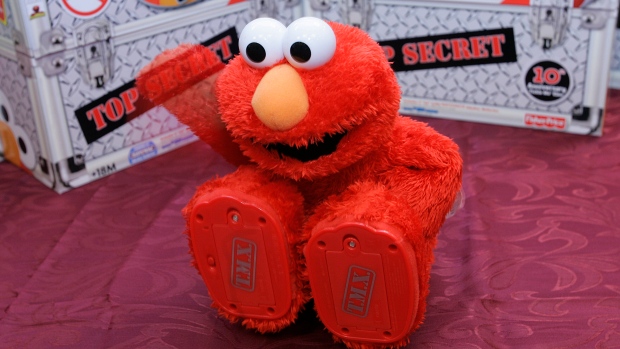
This Sesame Street character hit stores 1996 creating a similar frenzy to the Cabbage Patch craze. Tickle Me Elmo cost US$27.99 when it was first released and is still available today. Mattel bought out Tyco and has kept the brand alive, most notably with the 2006 release Tickle Me Elmo Extreme, with the same shaking characteristic of the original.
Furby
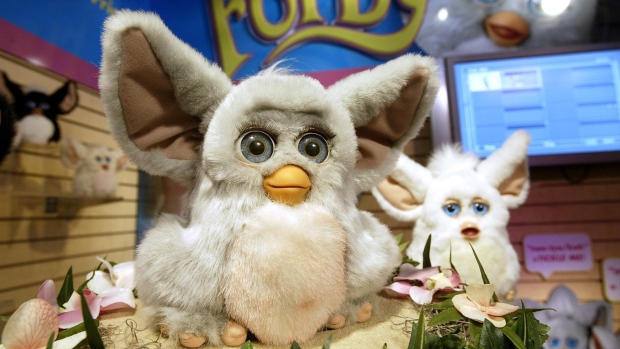
Tiger Electronics released the furry mechanical toy in 1998 for about US$35 and had high sales numbers into 2000—1.8 million were sold in 1998 and 14 million were sold the following year. Variations of the original Furby have been released since its initial launch, including last year’s “Furbacca,” which was based on Star Wars character Chewbacca.
Shopkins
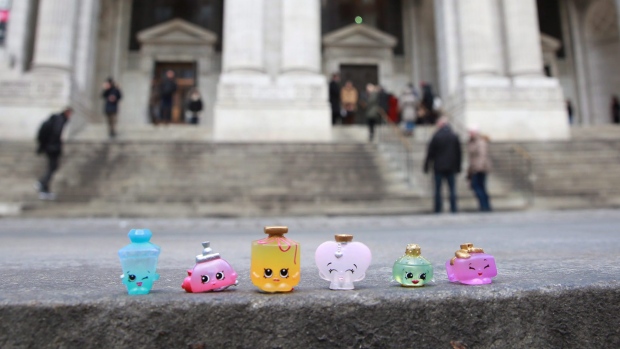
The tiny collectibles manufactured by Moose Toys were first released in 2013. The popularity has spawned a line books, trading cards and a YouTube channel.
Zhu Zhu pets
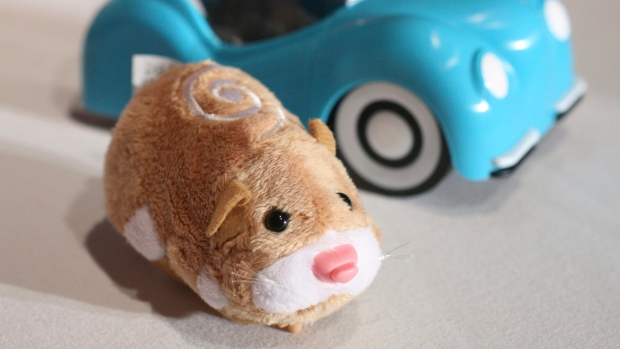
The robotic hamsters that created hype in 2009 closely resemble Hatchimals, but only cost about US$10. LLC of China was able to ship millions of Zhu Zhu pets a few days before Christmas, no doubt averting several riots at stores throughout the country. Cepia estimated that the toy garnered $70 million in sales in 2009, according to the St. Louis Post-Dispatch.
Tamagotchi
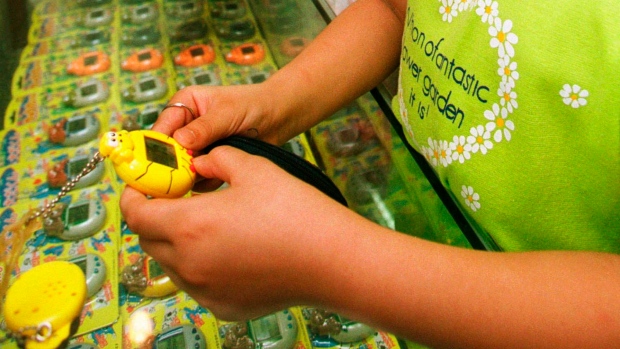
Maybe one of the biggest fads of the 1990s, the digital Tamagotchi was first sold in Japan in 1996. Similar to Hatchimals in the sense that they required constant nurturing, the digital pets were soon brought to North America and sold for US$17.99.





